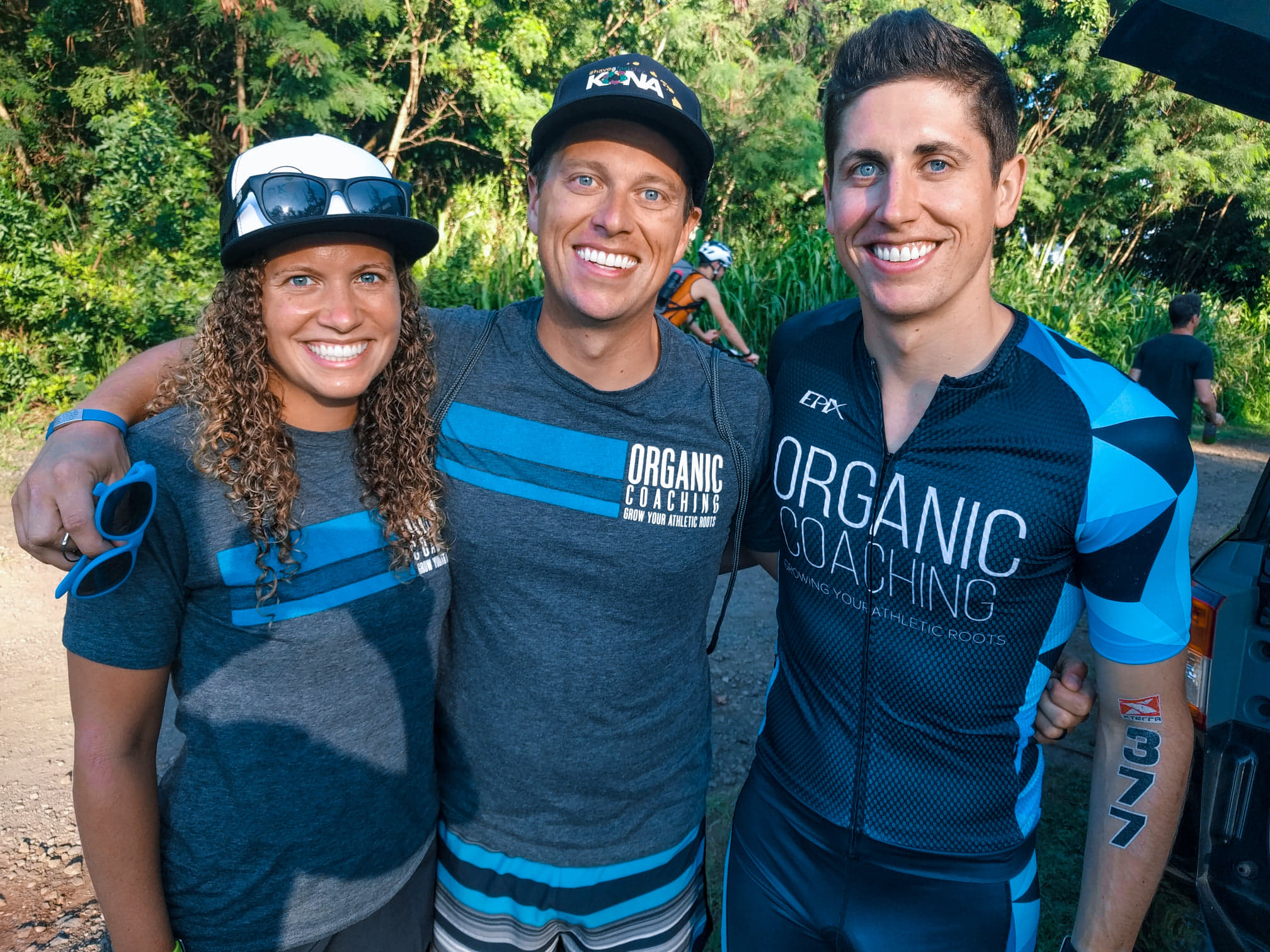
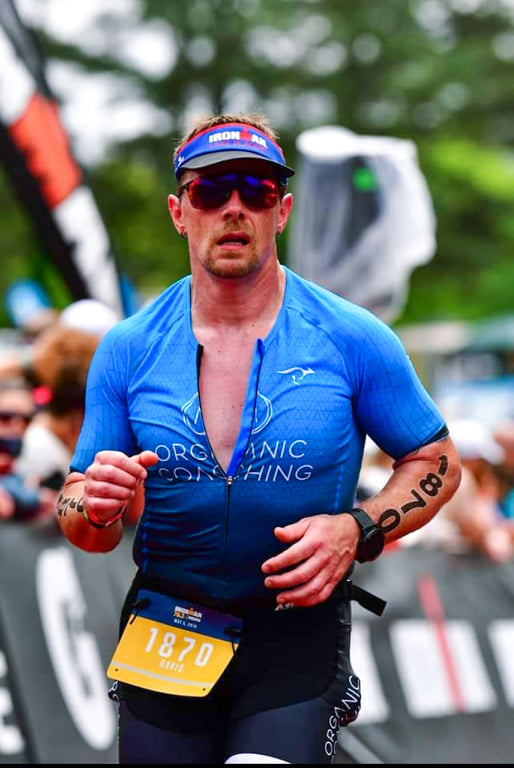
Cadence while running is the number of steps you take per minute. Is this number important and something you should know and be concerned about? Yes!
First, how do you determine what your cadence is? There are a few ways to come up with this number. One way is to count how many times your left foot contacts the ground for 30 seconds while running. Multiply it by two to get a full minute then multiple by two again for the right foot. Another way is with the help of technology. Most running watches will keep track of cadence for you. They do it by counting arm swings. You can increase the accuracy of the watch by adding a foot pod to your shoe that connects to your watch.
What is the ideal cadence to be at? It’s widely accepted that 180 +/- 10 steps per minute is the ideal cadence. This of course does vary for individuals. One way to get an idea of what your ideal cadence is to run barefoot on a hard surface such as concrete. When you run barefoot you can feel how your feet are landing and naturally adjust to a midfoot strike.
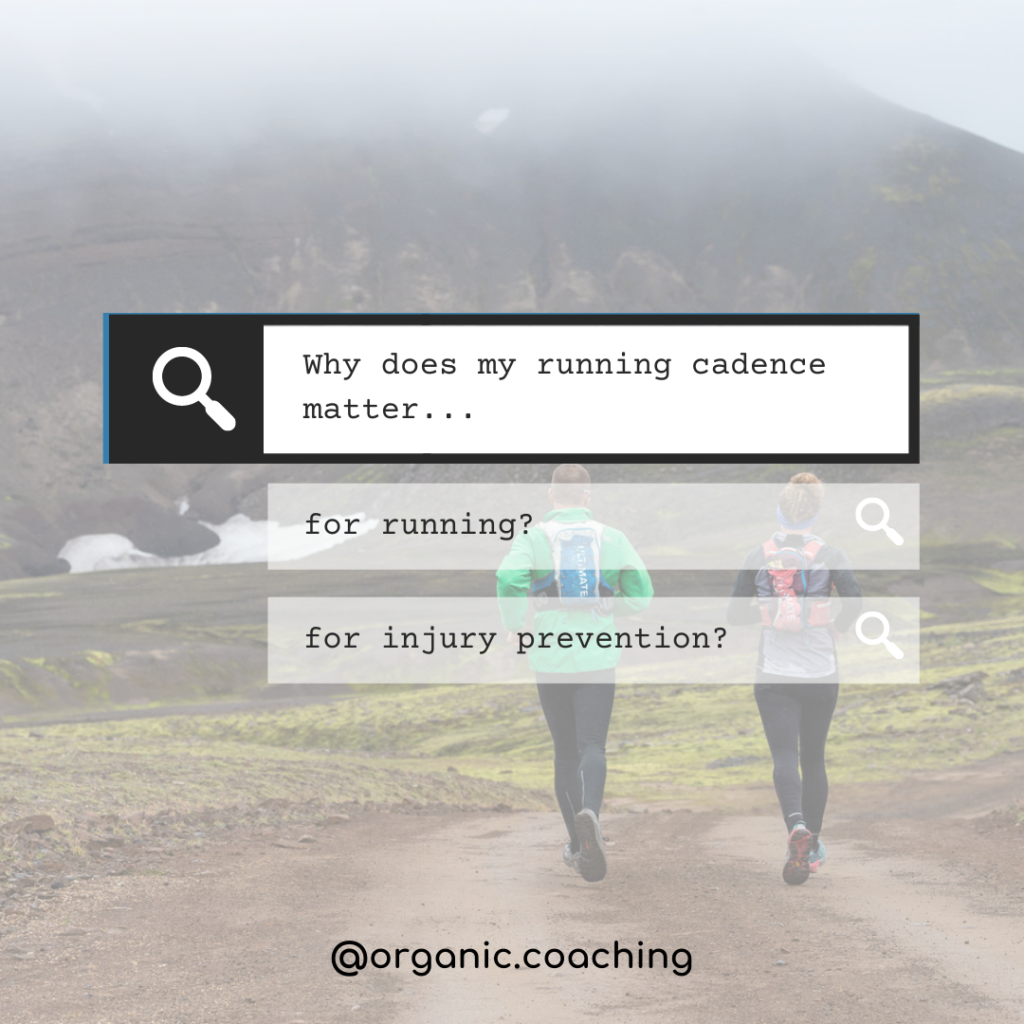
Too high of a cadence can slow you down because to achieve this high cadence you’re typically taking very short, choppy strides. Even though your leg speed is fast, the short strides are preventing you from covering the ground at a fast pace. You may find you can run faster by slowing your leg turnover a little bit and increasing your stride length to help you cover more ground faster.
Too slow of a cadence is the problem most people deal with that doesn’t already have the ideal cadence. This leads to overstriding. Meaning your taking strides that are too long. This leads to you landing on your heel first. Called heel striking. Landing on your heel is in a way applying the brakes to your forward momentum causing you to run slower and expending more energy than needed. Increasing your cadence usually leads to more of a mid-foot strike making you a more efficient runner. No more braking action going on and less energy used to overcome the braking.
When heel striking you are not taking full advantage of your natural shock absorption system. Running is already a high-impact sport and when you add heel striking to it things can get worse. There is a long list of injuries related to heel striking.
Common Knee Problems: Heel striking hits the knee cartilage harder and can lead to knee osteoarthritis.
Broken Hip Femur: Longer distance runners can run into this overtime because of too much impact traveling up the leg increasing the risk of a fractured femur.
Achilles Injury: When heel striking runners use their foot to aggressively on the ground leading to increased pronation causing strain on the Achilles tendon.
Lower Leg Pain: Lower leg pain or cramps can happen more often with heel striking due to intramuscular pressures.
Heel Pain: Hitting the heel pad repeatedly with high impact can reduce the blood flow to the heel pad, leading to heel pad deformations.
Ankle Inversion Injury: Landing on your heel causes the foot to move around abnormally during stance, This increases stress on the ankle.
Low Back Pain: The high impact not only affects the leg but travels up through the hip to your lower back causing pain.
ITBS: When heel striking the foot spends more time on the ground. Especially more time spent in the impingement range of the knee flexion angles, placing high strain on the IT band.
Degenerative Joint Disorder: Higher impact due to heel striking greatly increases repetitive trauma on the joints.
Does your cadence get slower the longer you run? This can be an indicator that your form is changing the longer you run. When your form starts changing you increase your chances of injury.
It is possible that, over time and with training, that you can increase your cadence. One way is to do drills that focus on improving cadence. Short sets with increased cadence and speed. The goal of this is to move feet faster not necessarily to increase your speed, but your speed will go up. Another thing you can do is focus on your arm swing and try to increase the cadence of your swing. Faster and shorter swings will force your feet to follow along. You can also use technology to help you. Many if not all GPS watches have a metronome feature. You can set it for your goal cadence. It will then beep and/or vibrate giving you a pattern to follow along with.
While training to increase your cadence you want to increase it in small increments to help avoid an injury. Only set your goal to increase by about 10%. For example, only strive for 5 more steps per minute. Do this for a few weeks and see how it’s going. Once this feels comfortable with you increase again by another 5 steps.
-Coach David
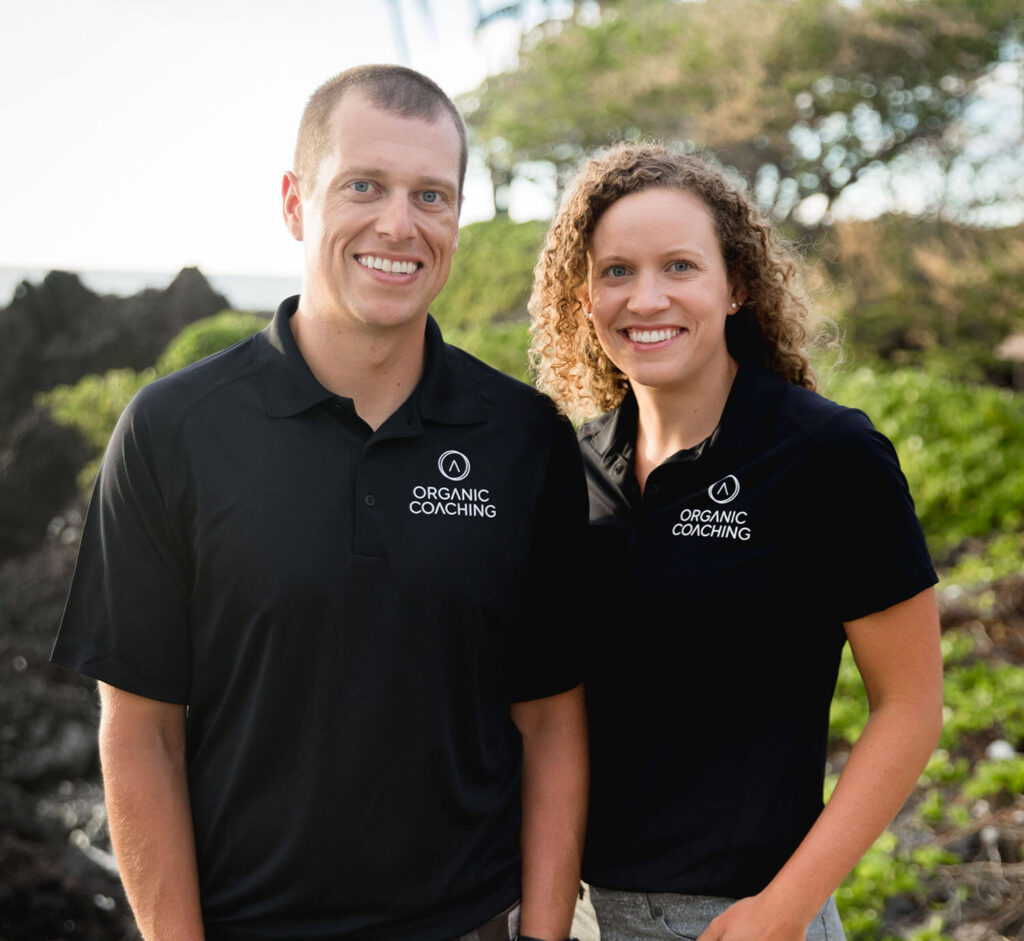
Carly and Tyler Guggemos built Organic Coaching in 2014 with a simple philosophy that works. The idea is to take what you have and grow it to get faster, fitter and stronger. And to do it with the time you have – not the time you wish you had.
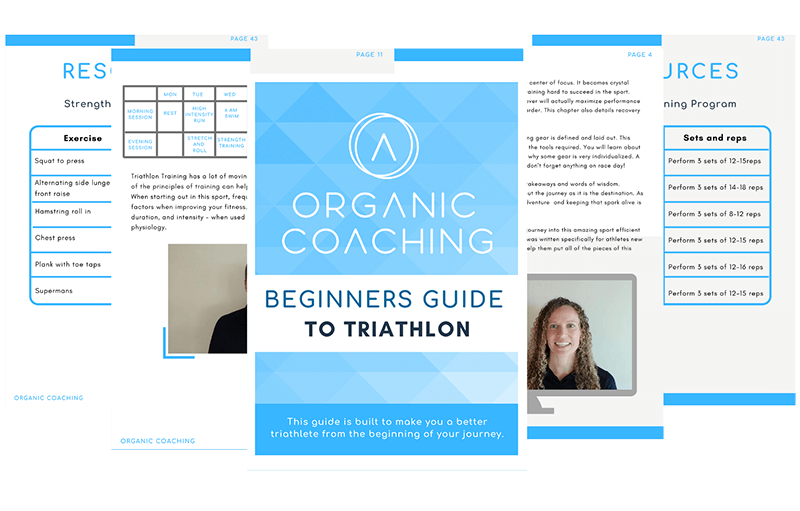
For athletes who are ready to take their training to the next level while still thriving and succeeding in their professional and family life.
Copyright © 2024 Organic Coaching LLC